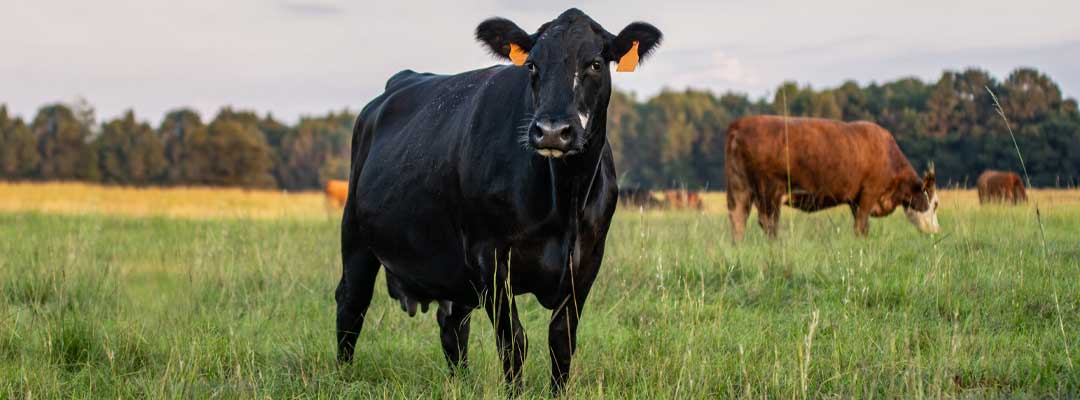Controlling Flies, Ticks and Cattle Lice
3 proven methods to control these pests and more for improved profitability on the ranch

Flies, lice, ticks and internal parasites cause significant profit loss on the ranch.
In the case of the horn fly, U.S. livestock producers lose $1 billion annually due to decreased feed intake, weight loss and diminished milk production. A single horn fly can take a blood meal from a calf up to 30 times a day. The impact on rate of gain for yearlings is colossal, reducing weight by 18 percent. For dairymen, horn flies also are linked to mastitis outbreaks, which cost an average of $450 per cow.
That is only one example of the many vectors cattle face. Luckily for cattle producers, there are preventive management tools available to help mitigate loss. Let’s go over a few of them now.
Cattle Deworming and Parasite Control
By deworming the herd, producers can control internal and external parasites such as stomach worms, intestinal worms, lungworms, grubs, lice, mange mites and more for an increased amount of gain up to 30 pounds. Dectomax Pour-On has the longest duration of any non-prescription cattle wormer on the market with protection for up to 77 days against the biting cattle louse and control against 33 parasites and larval stages. For cattle on pasture, producers should consider using the prescription dewormer Long Range, which controls internal parasites up to 150 days.
Insecticide Cattle Ear Tags
These specific ear tags contain and release insecticide, which is then distributed over the animal’s body during body movement, grooming or rubbing. Insecticide ear tags are divided into three general classes of chemicals: permethrin, organophosphate, and abamectin. Rotating to a different chemical class on an annual basis can help avoid horn fly resistance. The new MAX 40 is an organophosphate tag that offers up to five months of control against costly horn flies (including pyrethroid resistant populations), Gulf Coast ticks and spinose ear ticks. MAX 40 ear tags also aid in the control of face flies, horn flies, stable flies, house flies, ticks and lice. Cattlemen also can look to concentrate and liquid insecticides for effective and convenient control. Many of the concentrates can be mixed with water and used as a spray, or mixed with oil for cattle rubs and for the Fly Killer Kover, which attaches to the Bull Master Mineral Feeder and applies insecticide each time the animal eats mineral.
Insecticide Delivery System
The VetGun Insecticide Delivery System is a unique method for delivering insecticide-filled gel capsules to control horn flies and lice on cattle. Standing 15 to 30 feet away, cattle producers can easily and reliably aim, shoot and treat. The capsules burst upon contact. With this option, cattle can easily be treated without additional stress on the animals or labor costs for producers.
It is crucial for producers to leverage effective insecticides and fly control methods to keep well-deserved dollars in their pockets. Continue reading to learn more about controlling profit-robbing flies.


